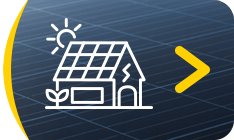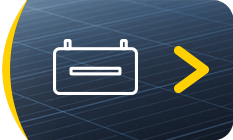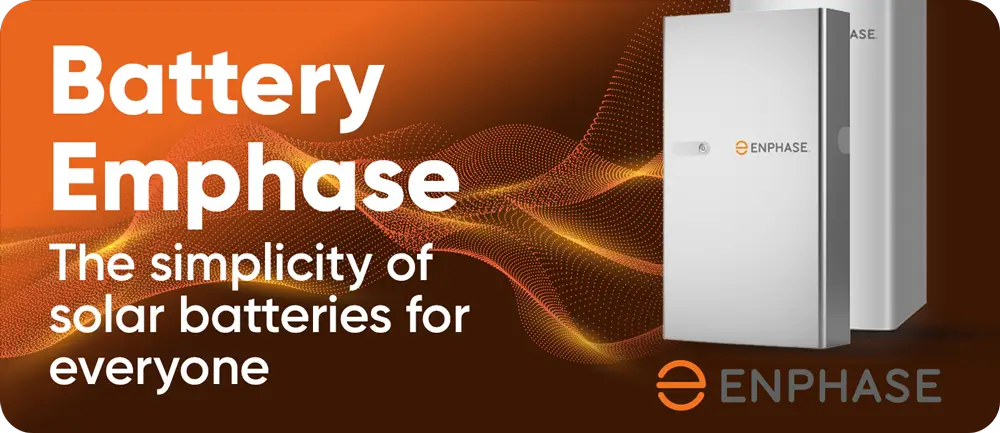- 09 Oct, 2017
- Solar Training , Using and installation

Many people decide to install their solar installation themselves in order to save money. However, it is not always easy to plan the project in the first place, which is why many customers ask a solar installer or an engineering bureau to estimate whether the project is feasible. If you want to save money on this step too, we have compiled a few tips and tricks for you.
Can I install everything by myself?
The first question you should ask yourself is about your ability to carry out your project successfully. On this aspect, don't worry too much. The connections of the photovoltaic panels and the different connections you will have to make do not require very specialized technical knowledge. If you are used to taking care of the electricity in your home, this should not be a problem for you. Especially since most of the particular installations do not exceed 3kW of power and you will then only need to form one or two strings (series of panels). Connections between the strings and strings to the inverterare easily made thanks to the connectors that work by clipping. Your work will be all the easier to do if you opt for solar kits that provide you with all the necessary equipment without having to worry about the compatibility of the different elements and have precise assembly instructions that you will just have to follow. If you prefer to compose your own installation, once again nothing insurmountable; it is enough to be particularly attentive to the size of the flashings necessary to ensure waterproofing and to consider the possibility of having them made to measure.
In short, the most delicate part concerns the installation of the panels strictly speaking, because it is a rather physical job. You will indeed have to remove your tiles and install an under-roof film. Mounting the panels is also a delicate step because care must be taken when handling them not to damage them. In any case, get help and think about renting safety equipment! as far as fixing is concerned, be aware that some panels are equipped with an integration system that can make your work easier. But if you choose another type of panel, don't panic: You still have our installation guides readily available on our website!
To sum up, installing it yourself requires time and elbow grease, but nothing impossible even if you are not a qualified electrician! Now, if you feel capable, read on to assess the material feasibility of your project.
How do I know whether my roof can accommodate solar panels?
Here are the different points that you should check before considering getting a solar installation:
- The orientation of your roof: be aware that when installing solar panels, all orientations are possible except the North, unless your roof has a very low slope (10°). The ideal is to have at least one face south or close to the south azimuth. The performance of your installation is strongly linked to this orientation.
To calculate the orientation of your roof, you can use some calculators on the internet. Otherwise, the good old-fashioned compass method is still valid. Finally, you can also obtain information from the land registry, which can provide you with the information.
- The inclination of your roof: the optimal inclination is 35°. Below that, you lose about 1% of yield for 5° less. To know the inclination of your roof, you can refer to the plans of your house. Another method exists which consists in taking a picture of your house from the front and measuring the angle obtained on the picture to the reporter. Be careful though: the angle from which you take the picture can significantly bias the result.
- Shadows: these are the shadows that trees and buildings around your home or a chimney or antenna can form. This point is extremely important because a shadow on one of your panels can impact the entire system since they are serial branches. A light shade on one of the panels can be managed thanks to a solar optimizer that customizes the panels. For larger shadows, you may consider removing them (by redoing your chimney, cutting down a tree). You will have to obtain prior authorizations from your neighbours and the municipality. Remember to check out the projects around your home. If a building is built after you have installed your panels, you will have invested for nothing. Finally, depending on the season in which you do your study, keep in mind that the shadows are longer in winter.
- Make sure your roof and frame are in good condition. If you ever consider renovation work after the installation of your photovoltaic system, the costs could quickly increase. If your roof is not recent it may be worth anticipating. Remember to check the condition of your tiles; old tiles can make it difficult to integrate panels.
- Evaluate the surface available for installation to ensure the profitability of your panels. Please note that approximately 8 m² of sensors ensure a production of approximately 1 kWhc.











